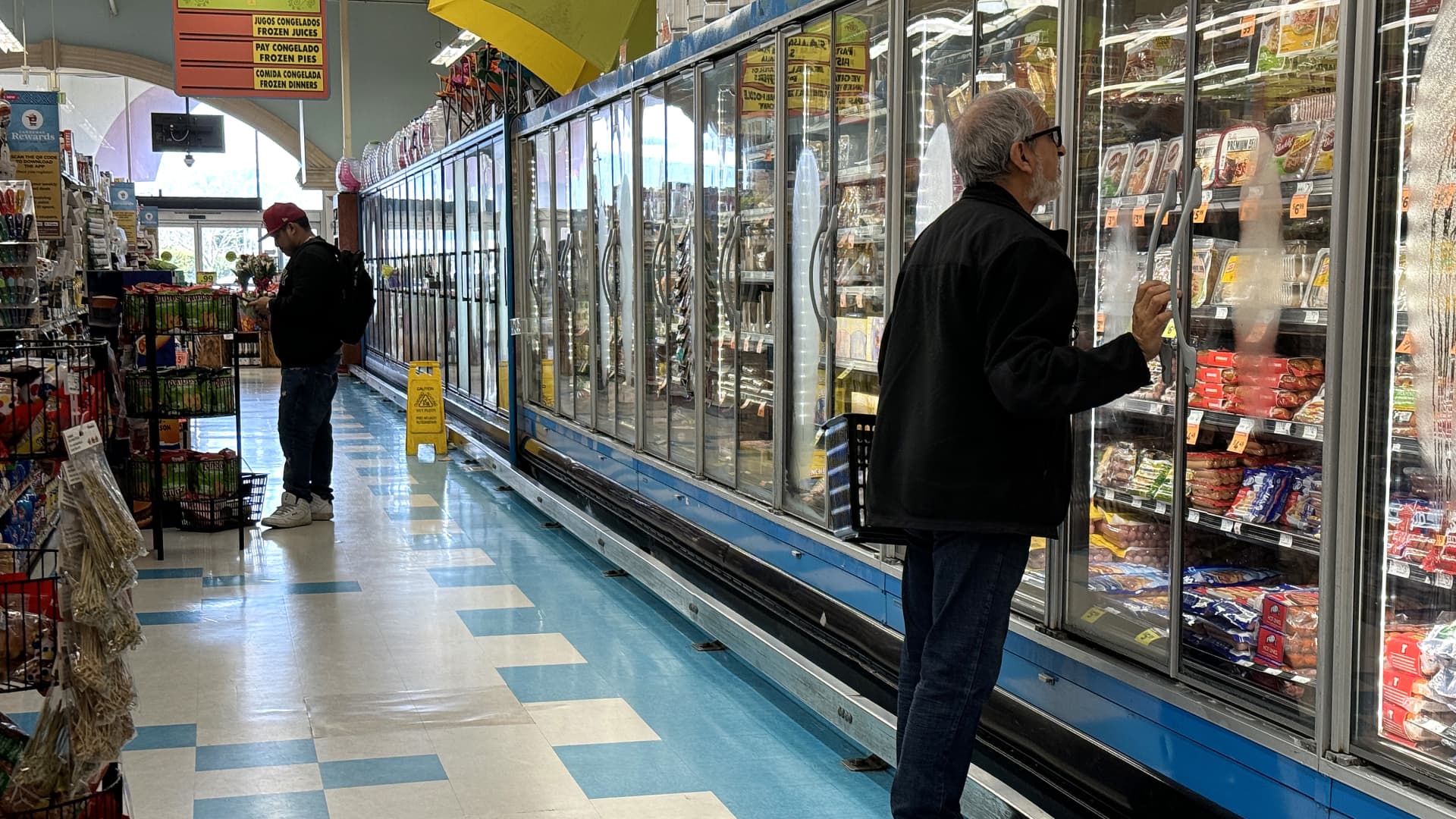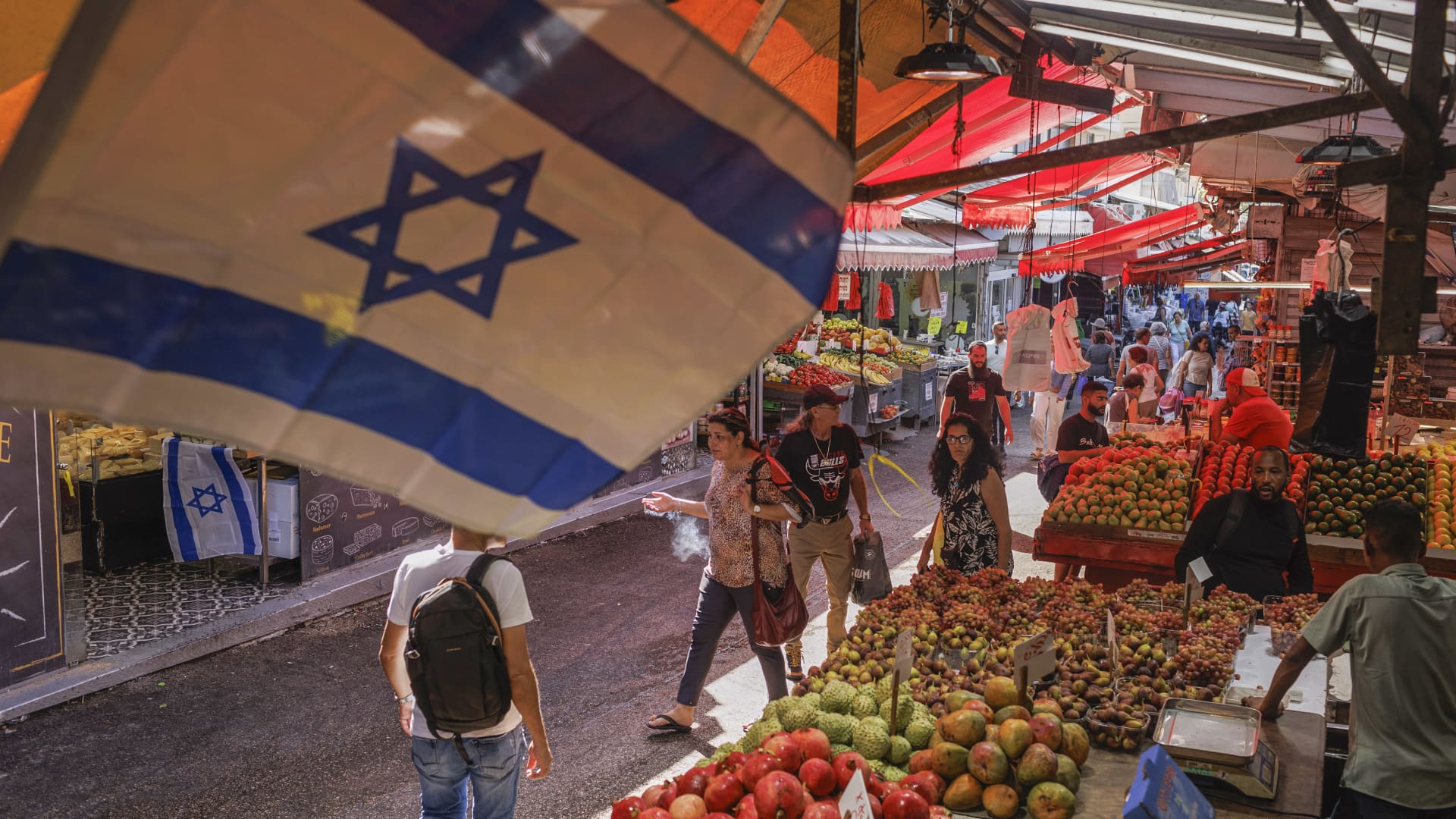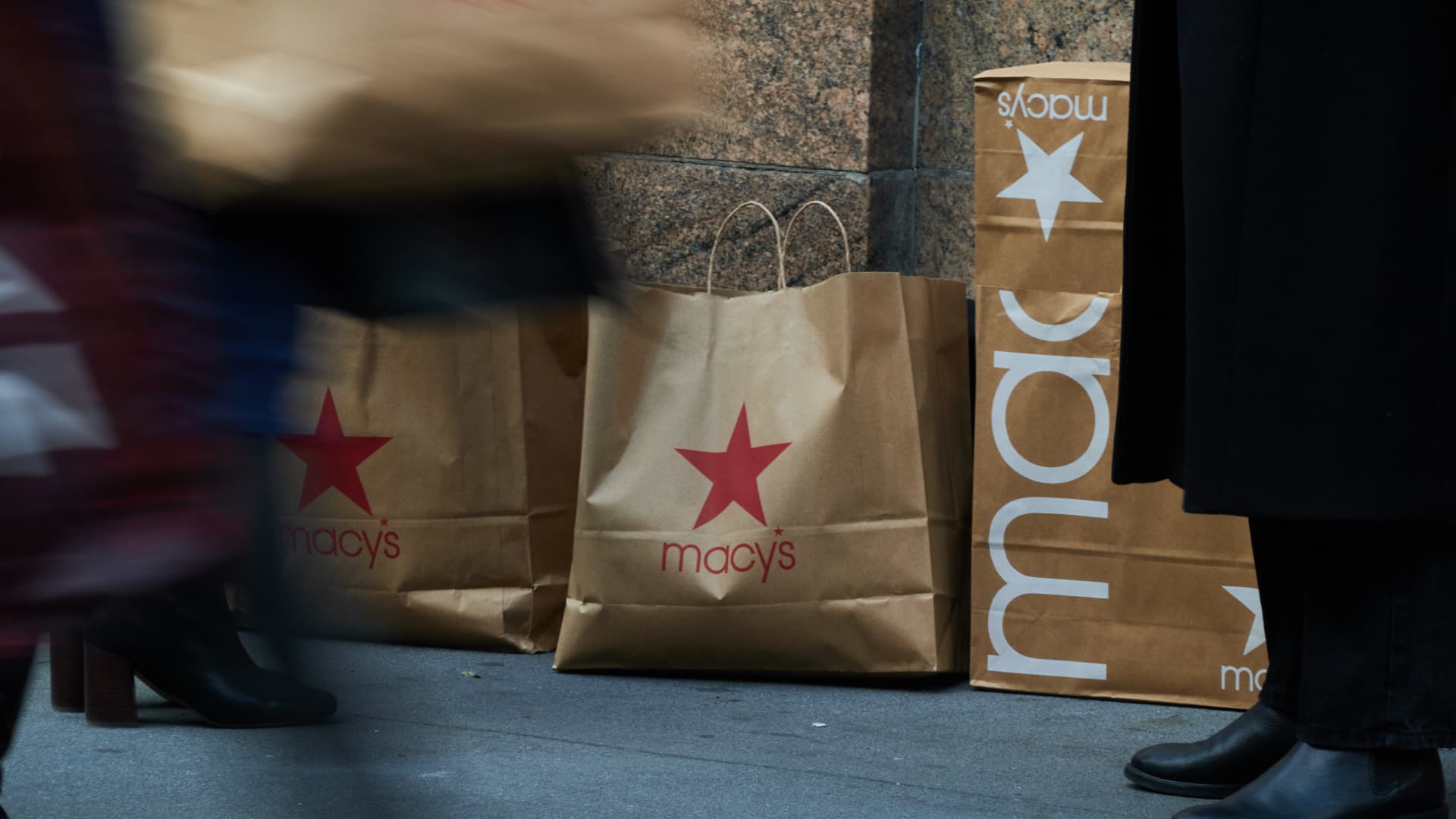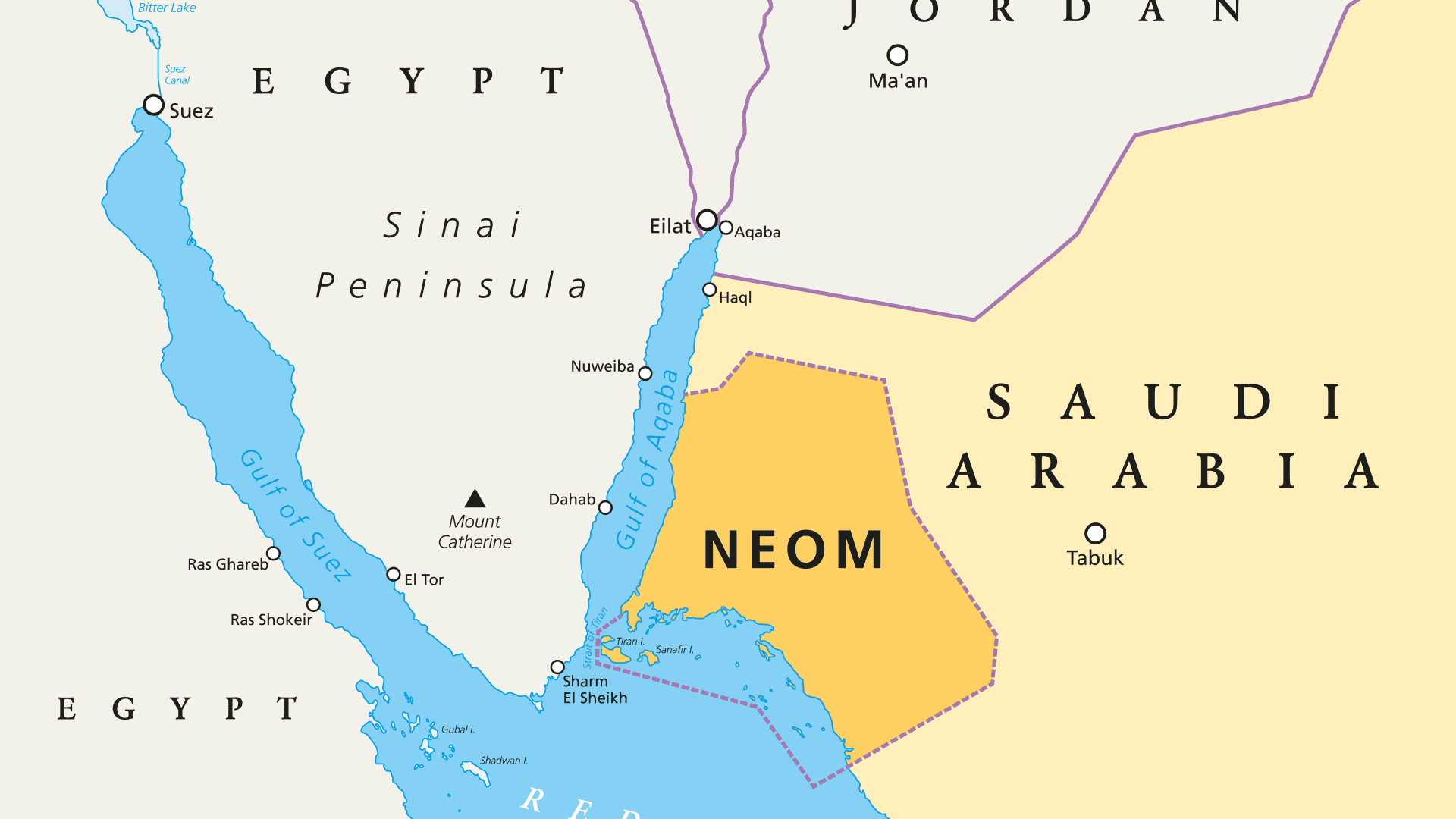The extremely deadly form of bird flu that has swept across the globe since 2021 has killed tens of millions of birds, forced poultry farmers in the United States to slaughter entire flocks and sparked a brief but alarming spike in egg prices.
Most recently, it has infected dairy cows in several states and at least one person in Texas who had close contact with the animals, officials said this week.
It turns out the outbreak is particularly costly for American taxpayers.
Last year, the Agriculture Department paid poultry producers more than half a billion dollars for the turkeys, chickens and laying hens they had to kill after the H5N1 flu strain was discovered on their farms.
Officials say the compensation program is aimed at encouraging farms to report outbreaks quickly. That’s because the government pays for birds killed through culling, not those that die from the disease. Early reporting, the agency said, helps limit the spread of the virus to surrounding farms.
The killings are often carried out by turning up the heat in stables where thousands of birds live. This method leads to heat stroke and, according to many veterinarians and animal welfare organizations, causes unnecessary suffering.
The biggest recipients of the agency’s bird flu compensation money from 2022 through this year included Jennie-O Turkey Store, which received more than $88 million, and Tyson Foods, which received nearly $30 million. Despite their losses, the two companies reported billions of dollars in profits last year.
Overall, a majority of the government payments went to the country’s largest food companies – which is not entirely surprising given the dominance of American corporations in meat and egg production.
According to the agency’s website, more than 82 million farmed birds have been killed since February 2022. For comparison, the American poultry industry produces more than nine billion chickens and turkeys each year.
The compensation amount was obtained by Our Honor, an animal welfare advocacy group, which filed a Freedom of Information Act request with the USDA. The advocacy group Farm Forward collaborated to further analyze the data.
The breakdown of compensation was not publicly disclosed, but agency officials confirmed the figures were accurate.
For critics of large-scale commercial farming, the payments highlight a deeply flawed system of corporate subsidies that included more than $30 billion in taxpayer money for the agricultural sector last year, much of it for crop insurance, commodity price supports and disaster relief.
But they say the bird flu-related payments are troubling for another reason: By compensating commercial farmers for their losses without obligation, the federal government is encouraging poultry farmers to continue the very practices that increase the risk of infection and the need for future killings and Compensations.
“These payments are crazy and dangerous,” said Andrew deCoriolis, executive director of Farm Forward. “Not only are we wasting taxpayer dollars on profitable companies for a problem they created, but we are also giving them no incentive to make changes.”
Ashley Peterson, senior vice president of scientific and regulatory affairs at the National Chicken Council, a trade association, disputed the claim that the government payouts increased problematic agricultural practices.
“Compensation is available to help farmers control and eradicate the virus – regardless of how the affected birds are raised,” she said in an email. The criticism, she added, was the work of “vegan extremist groups clinging to an issue to try to advance their agenda.”
The USDA defended the program, saying: “Early reporting allows us to more quickly stop the spread of the virus to surrounding farms,” it said in a statement.
Although modern agricultural practices have made animal protein much more affordable and led to a nearly doubling of meat consumption in the last century, the industry’s reliance on so-called concentrated animal feeding operations also has drawbacks. The massive stables that produce nearly 99 percent of the country’s eggs and meat produce enormous amounts of animal waste that can harm the environment, researchers say.
And infectious pathogens spread more easily in crowded buildings.
“If you wanted to create the ideal environment to promote pathogen mutation, industrial farms would be pretty much the perfect environment,” said Gwendolen Reyes-Illg, a scientist at the Animal Welfare Institute who focuses on meat production.
The modern chicken, genetically homogeneous and designed for rapid growth, exacerbates these risks. Selective breeding has significantly reduced the time it takes to raise a barrel-breasted, table-ready broiler, but the birds are more susceptible to infection and death, researchers say. This could explain why more than 90 percent of chickens infected with H5N1 die within 48 hours.
Frank Reese, a fourth-generation turkey farmer in Kansas, said the modern broad-breasted white turkey is ready for slaughter in half the time compared to traditional breeds. But rapid growth comes at a price: The birds are prone to heart problems, high blood pressure and arthritic joints, among other problems, he said.
“They have weaker immune systems because God bless the heart of that fat little turkey, they are morbidly obese,” said Mr. Reese, 75, who raises rare heritage breeds on pasture. “That’s the equivalent of an 11-year-old child weighing 400 pounds.”
The highly pathogenic bird flu has been circulating since 1996, but by the time the virus emerged in North America in late 2021, it had already become an even deadlier disease. It led to the killing of nearly 60 million farmed birds in the United States, countless wild animals and many mammals, from skunks to sea lions. Last week, federal authorities first identified the virus in dairy cows in Kansas, Texas, Michigan, New Mexico and Idaho. The pathogen has also been implicated in a small number of human infections and deaths, particularly among those who work with live poultry, and authorities say the risks to people remain low.
The virus is extremely contagious in birds and spreads through nasal secretions, saliva and feces, making containment difficult. Migratory waterfowl are the largest source of infection – even though many wild ducks show no signs of illness. The virus can enter barns via dust particles or the soles of farmers’ boots.
While infections in North America have declined over the past three years, the overall number has declined as of 2022, according to the U.S. Animal and Plant Health Inspection Service.
On Tuesday, the nation’s largest egg producer, Cal-Maine Foods, said it had halted production at its Texas plant and culled more than 1.6 million birds after discovering bird flu.
Federal officials have debated whether to vaccinate commercial flocks, but the initiative has divided the industry, including because it could lead to trade restrictions that could negatively impact the country’s $6 billion poultry export sector.
Many scientists fear that the next pandemic could arise from a human-adapted version of bird flu and are calling on the White House to launch a vaccination campaign.
The agency’s livestock compensation program, part of a farm bill passed by Congress in 2018, pays farmers 75 percent of the value of animals lost to disease or natural disasters. Since 2022, the program has distributed more than $1 billion to affected farmers.
Critics say the program also promotes animal cruelty by allowing farmers to euthanize their herds by turning off a barn’s ventilation system and pumping in hot air, a method that can take hours. Surviving chickens and turkeys are often killed by neck twisting.
Crystal Heath, a veterinarian and co-founder of Our Honor, said the American Veterinary Medical Association, working with the Department of Agriculture, recommended turning off ventilation only in “limited circumstances.” She added that the vast majority of farms rely on it because the process is inexpensive and easy to implement.
“All you need is duct tape, tarps and a few rented space heaters,” Dr. said. Heath. “But the ventilation shutdown plus is particularly bad because it can take three to five hours for the birds to die.”
Thousands of veterinarians have signed a petition calling on the association to classify ventilator shutdown as “not recommended” and say other methods using carbon dioxide or nitrogen are far more humane, even if they are more expensive. Since the start of the outbreak through December 2023, 66 million chickens and turkeys, or about 80 percent of all chickens and turkeys killed, have been killed by ventilation shutdowns, according to an analysis of federal data by the Animal Welfare Institute, which obtained the data through a Freedom Agency request of the Information Act.
Last summer, the institute filed a petition asking the Department of Agriculture to require farms to develop more humane depopulation plans as a condition of receiving compensation. The agency has not yet responded to the petition.
Tyson and Jennie-O, the top recipients of federal compensation, both took advantage of the ventilation shutdown, according to an analysis of federal data. Tyson declined to comment for this article and Hormel, which owns the Jennie-O brand, did not respond to requests for comment.
Some animal welfare advocates question whether killing every bird on an affected farm is even the right approach, pointing to recent outbreaks that have occurred. When H5N1 hit the Harvest Home Animal Sanctuary in California in February 2023, killing three birds, the farm’s operators prepared for a state-ordered cull. Instead, California agriculture officials, citing a recently created exemption for farms that don’t produce food, said they would spare the birds as long as strict quarantine measures were put in place for 120 days.
Over the next few weeks, the virus infected 26 of the farm’s 160 chickens, ducks and turkeys, but the others survived, even those that appeared visibly sick, according to Christine Morrissey, the shelter’s executive director.
She said experience suggests mass killings may be unnecessary. “More research and effort needs to be done to find other ways to respond to this virus,” Ms. Morrissey said, “because depopulation is terrible and does not solve the problem at hand.”
With the northward migration in full swing, poultry farmers like Caleb Barron are holding their breath. Mr. Barron, an organic farmer in California, said there was only so much he could do to protect livestock at Fogline Farm because the birds spent most of their lives outdoors.
So far the birds have remained unharmed. Maybe it’s because Mr. Barron breeds a hardier breed of chicken, or maybe it’s because his birds live relatively good lives that include high-quality food and low stress.
“Or maybe,” he said, “it’s just luck.”
Source link
2024-04-02 20:22:57
www.nytimes.com















